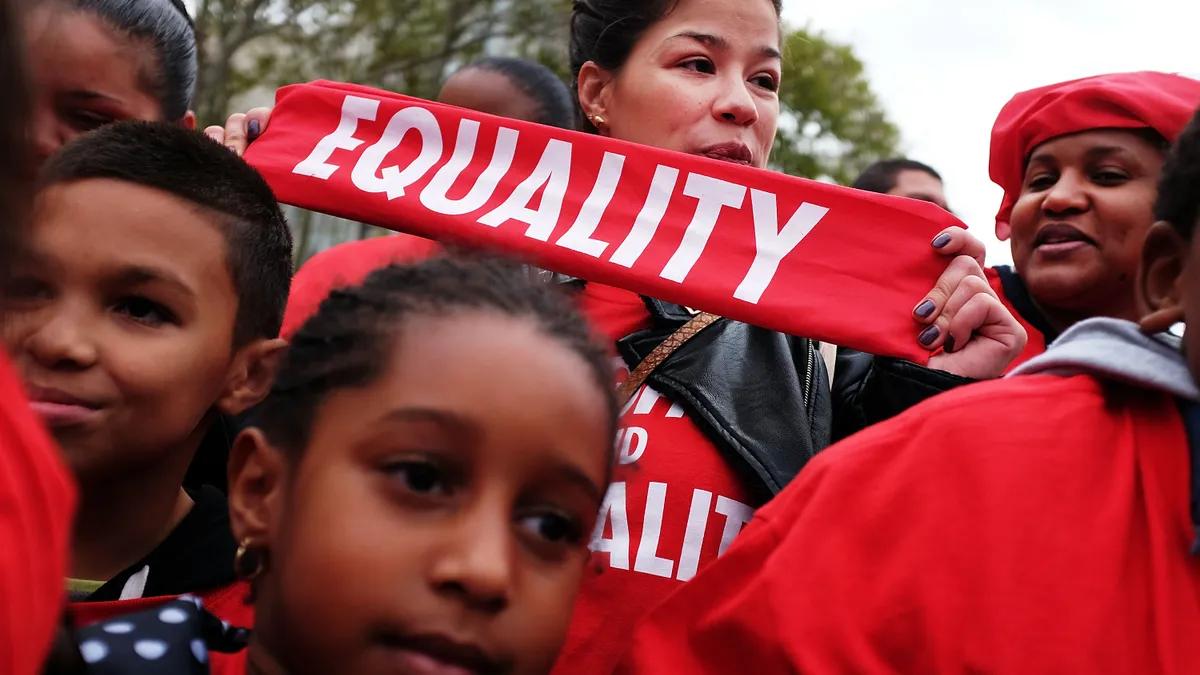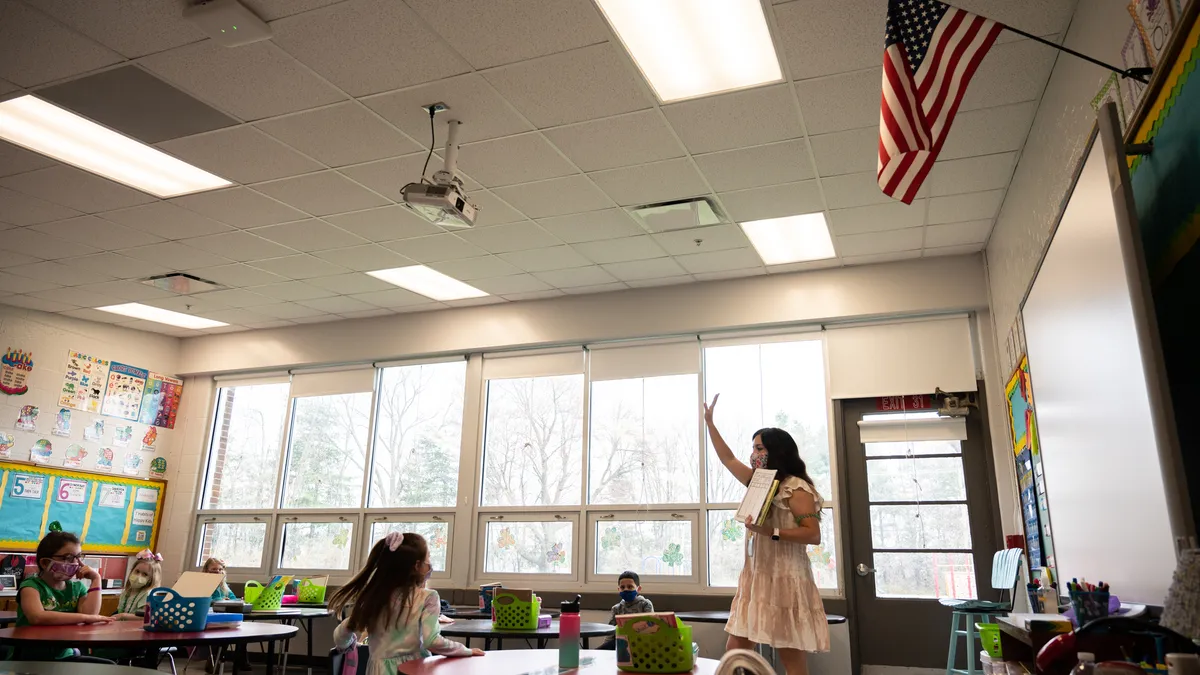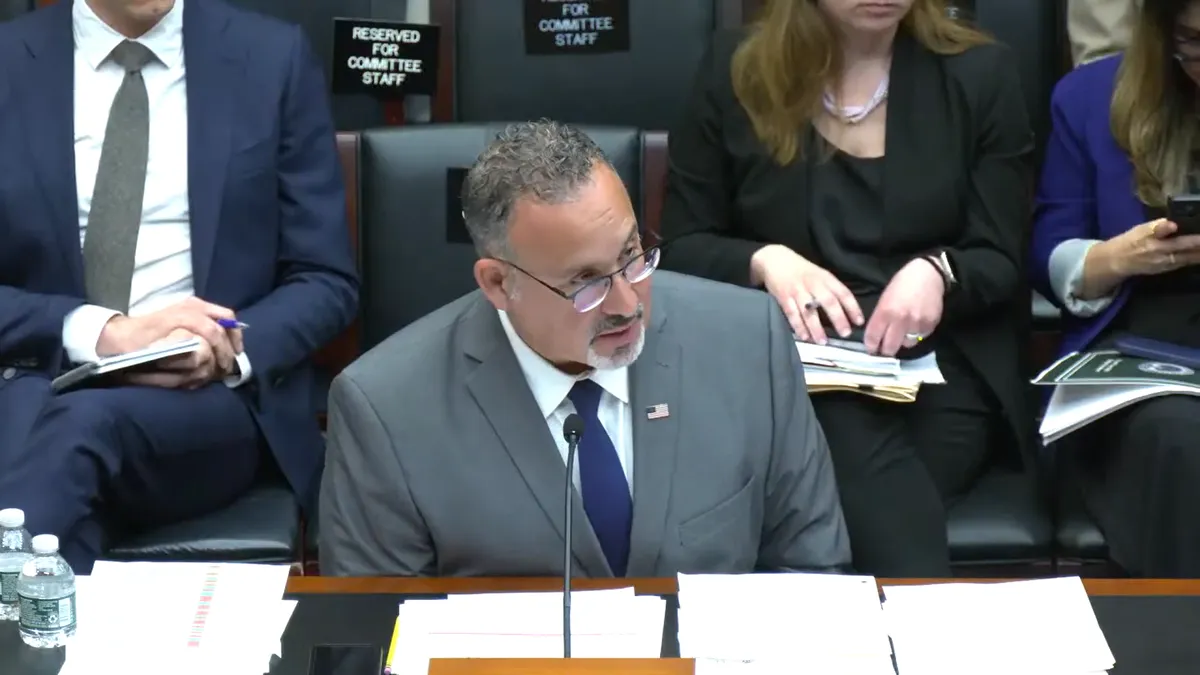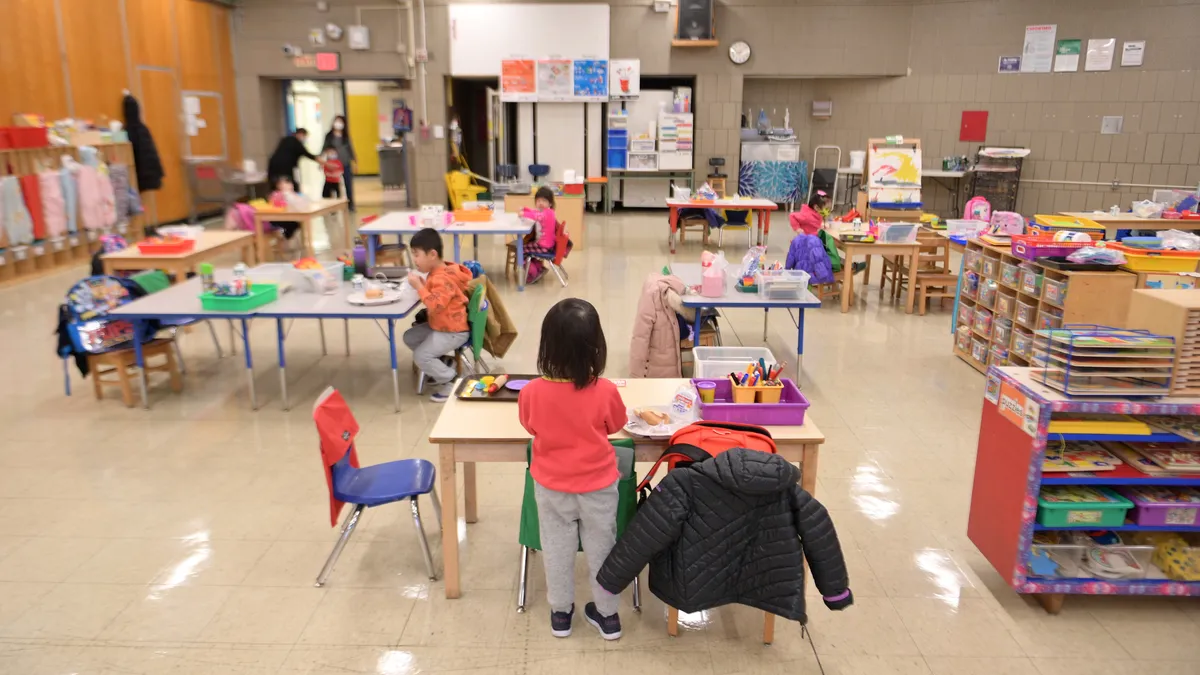As the 70th anniversary of the U.S. Supreme Court’s unanimous ruling in Brown v. Board of Education approached on May 17, research emerged revisiting school integration trends — and showing how, in some cases, segregation has persisted or even worsened over recent decades.
Overall, segregation has declined since the historic 1954 Supreme Court decision striking down student placements based on race as unconstitutional. However, data suggests that racial segregation began to creep back up during the 1990s through the early 2020s.
According to one new report, schools considered "intensely segregated" tripled over the last 30 years — jumping from roughly 7% to 20%. That data comes from the University of California, Los Angeles’ Civil Rights Project, which in April released a study analyzing the change in “intensely segregated” public schools — defined as having 90-100% non-White students.
This and other recent studies suggest charter schools may be a contributing factor to ongoing segregation.
The UCLA research center pointed to the growth in public charter schools, where enrollment has skyrocketed by about 800% over the last 25 years. Some 59% of charter schools analyzed were identified as intensely segregated in 2021, up from 49% in 2000, the researchers found.
Another new study said that in districts where charter schools expanded the most during the 2000s and 2010s, segregation also rose the most. According to researchers at Stanford University and the University of Southern California, who issued that study on May 6, school segregation is strongly associated with widening student achievement gaps.
“Segregation appears to shape educational outcomes because it concentrates Black and Hispanic students in higher-poverty schools, which results in unequal learning opportunities,” said Sean Reardon, a Stanford professor of poverty and inequality in education, in a statement.
To further school integration, the Stanford-USC researchers suggested districts implement voluntary integration programs, socioeconomic-based student assignment policies and school choice strategies that actively promote desegregation.
Here are more figures that reflect the ways racial segregation in schools has changed over the past three decades since the 1991 decision in the Board of Education of Oklahoma City Public Schools v. Dowell. In that case, the U.S. Supreme Court directed the end of desegregation plans in U.S. public schools, ruling that it is not unconstitutional to end a federal court order to desegregate a school if the school has successfully eliminated past discrimination.










































